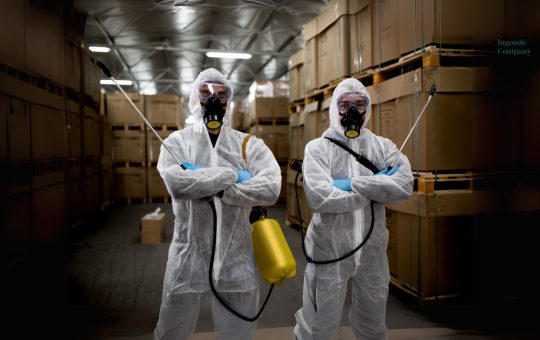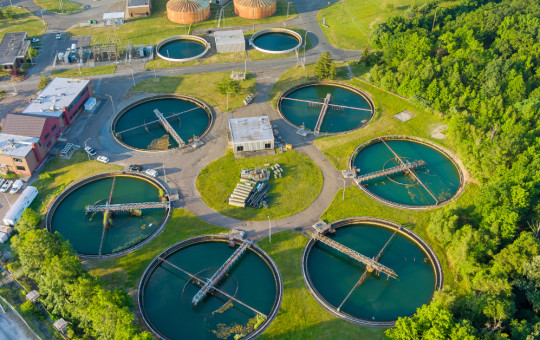
Work at Height Safety Training
Course Overview
The Work at Height Safety Training is a specialized program designed to equip individuals with the essential knowledge and skills to work safely in elevated environments. This course focuses on identifying risks, implementing control measures, and ensuring compliance with safety regulations for working at height. It is tailored for industries where working at height is a routine activity, such as construction, maintenance, and industrial operations.
Benefits
- Enhanced Safety Awareness: Learn to identify and mitigate risks associated with working at height.
- Compliance: Understand legal requirements and industry standards.
- Practical Skills: Gain hands-on experience with safety equipment and procedures.
- Reduced Accidents: Minimize the likelihood of falls and injuries.
- Career Advancement: Demonstrate your commitment to safety, boosting your employability.
Learning Outcomes
By the end of the course, participants will be able to:
- Recognize hazards and assess risks associated with working at height.
- Implement appropriate control measures to ensure safety.
- Select and use fall protection systems, harnesses, and other equipment correctly.
- Comply with legal and organizational requirements for working at height.
- Conduct pre-use inspections of equipment and work environments.
Study Units
Unit 1: Introduction to Work at Height
- Definition and scope of working at height.
- Overview of regulations and legal requirements.
- Employer and employee responsibilities.
Unit 2: Hazard Identification and Risk Assessment
- Recognizing hazards specific to working at height.
- Conducting site-specific risk assessments.
- Hierarchy of controls for minimizing risks.
Unit 3: Fall Protection Systems
- Types of fall protection systems (fall restraint, fall arrest, work positioning).
- Proper selection and usage of safety harnesses and lanyards.
- Inspection and maintenance of fall protection equipment.
Unit 4: Safe Work Practices at Height
- Establishing safe access and egress.
- Using ladders, scaffolds, and mobile elevated work platforms (MEWPs) safely.
- Emergency procedures and rescue planning.
Unit 5: Equipment Inspection and Maintenance
- Pre-use and periodic inspections of safety equipment.
- Recognizing signs of wear, damage, and defects.
- Documenting inspection and maintenance activities.
Career Progression
The Work at Height Safety Training opens doors to opportunities in various industries, such as:
- Construction and Maintenance: Work as a safety officer or supervisor overseeing height-related tasks.
- Industrial Operations: Operate or manage tasks in plants, factories, or offshore environments.
- Specialized Services: Pursue roles in industries such as telecommunications, wind energy, or scaffolding.
- Safety Training and Consulting: Provide training and consultancy on working at height safety.
- Rescue Operations: Join emergency response teams specializing in height rescues.
This training is essential for anyone involved in tasks where working at height is a requirement, ensuring both safety and compliance.
Our assessment process is designed to ensure every learner achieves the required level of knowledge, skills, and understanding outlined in each course unit.
Purpose of Assessment
Assessment helps measure how well a learner has met the learning outcomes. It ensures consistency, quality, and fairness across all learners.
What Learners Need to Do
Learners must provide clear evidence that shows they have met all the learning outcomes and assessment criteria for each unit. This evidence can take different forms depending on the course and type of learning.
Types of Acceptable Evidence
Assignments, reports, or projects
Worksheets or written tasks
Portfolios of practical work
Answers to oral or written questions
Test or exam papers
Understanding the Structure
Learning outcomes explain what learners should know, understand, or be able to do.
Assessment criteria set the standard learners must meet to achieve each learning outcome.
Assessment Guidelines
All assessment must be authentic, current, and relevant to the unit.
Evidence must match each assessment criterion clearly.
Plagiarism or copied work is not accepted.
All learners must complete assessments within the given timelines.
Where applicable, assessments may be reviewed or verified by internal or external quality assurers.
Full learning outcomes and assessment criteria for each qualification are available from page 8 of the course handbook.
Top Courses
No results found.
Related Courses
Let's Get in touch
Deleting Course Review
Course Access
This course is password protected. To access it please enter your password below:



